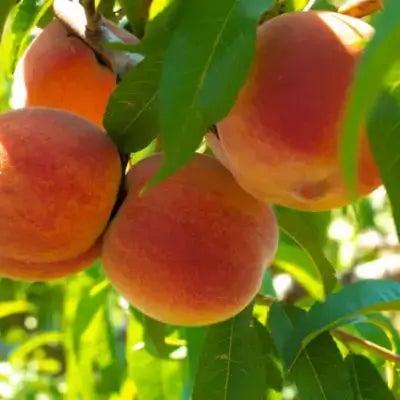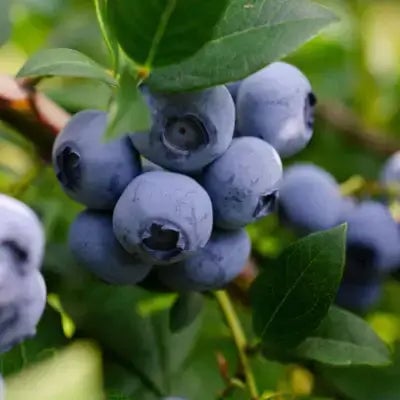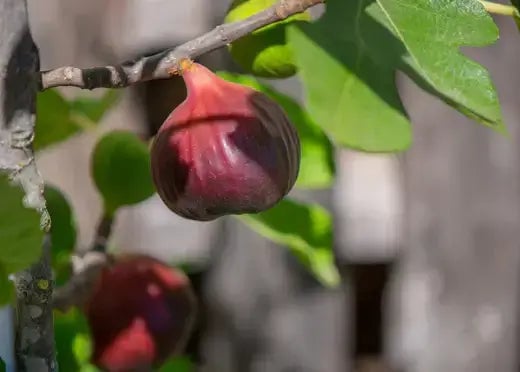What Is a Brown Turkey Fig Tree?
The Brown Turkey Fig Tree is a deciduous tree native to the Mediterranean region. This plant reaches an average height of 10 - 30 feet (3 - 10 meters). The skinned leaf blade is elliptical and can grow up to 5 inches.
How Do You Take Care Of Brown Turkey Fig Trees?
The brown turkey fig tree needs plenty of sunlight and water. It should be planted in soil that drains well and has good drainage. The tree can be grown indoors as long as it gets sufficient light.
How Much Sunlight Can A Brown Turkey Fig Tree Take?
Brown turkey fig trees should be placed in areas with total sun exposure to receive enough light for photosynthesis. If you live in an area with little sunlight, you may need to move your plant indoors during winter.
Do Brown Turkey Fig Trees Back Up Every Year?
Yes, Brown Turkey Fig trees can back up every year. It is a normal process of the tree to produce new growth from the center of the trunk and not from the base of its roots. Though this process creates a dense canopy, it does not cause any harm to your tree.
What Does A Brown Turkey Fig Tree Look Like?
Brown Turkey figs have large leaves that are dark green during springtime when they first emerge from dormancy. In summer and fall, they turn into bright green leaves that resemble ferns or palm fronds. The flowers on the fig trees are small and white and appear on the branches in springtime before the leaves do.
Where Do Brown Turkey Fig Trees Grow?
This fig tree is native to the Mediterranean region but can also grow in California and other parts of the U.S., Europe, Africa, and Asia.
What Are The Environments In Which Brown Turkey Fig Trees Grow In?
The Brown Turkey fig tree grows best in warm, humid climates with lots of sun exposure. If you come from a colder area, you can still grow your fig trees from cuttings taken from an existing tree or seeds purchased online or at your local nursery.
Are Brown Turkey Fig Trees Toxic?
No. The leaves and fruit of the brown turkey fig tree are not poisonous to humans or other animals.
How Do You Grow A Brown Turkey Fig Tree?
The best way to plant a brown turkey fig tree is by digging a hole twice as wide as the root ball, then fill in with compost or organic matter. Then place the fruit tree in the hole and backfill it with soil.
How Do You Care For Brown Turkey Fig Trees?
Brown turkey fig trees do not require much maintenance other than regular watering them during the dry season and fertilizing them once a month.
How Did Brown Turkey Fig Trees Get Their Name?
The name "brown turkey" comes from the fruit of this tree. When they are ripe, they are brown and resemble a turkey's head when viewed from above.
Beneficial Uses of the Brown Turkey Fig Tree
The Brown Turkey fig tree is highly regarded because its fruit serves multiple functions and survives in various environments. This tree's robust strength, appealing looks, and health benefits make it an excellent selection for landscape designs.
Fruit production stands out as one of the tree's primary benefits. Brownish-purple figs provide fresh or dried sweetness for salads and desserts while also being an excellent addition to smoothies and jams. People enjoy dried figs as a handy snack because they contain high fiber and essential minerals. They contain antioxidants that contribute to general health maintenance and contain moderate sugar, making making relatively healthy sweet treats.
The Brown Turkey fig tree is a key ornamental component in landscaping design. This tree grows up to 20 feet, and its broad, lobed leaves bring dramatic beauty to any landscape. The tree provides cooling shade from its dense leaves during hot weather while its leaves transform into vibrant fall colors that enhance seasonal beauty as they fall. Both homeowners and landscape designers select Brown Turkey fig trees to create an outstanding visual impact in their yard spaces and garden designs.
The Brown Turkey fig tree commands respect for its resilience aside from its aesthetic appeal. This fig tree adapts well to different soil types and demonstrates superior resistance to cold temperatures compared to many other fig types. The durability of this tree makes it ideal for gardeners located in regions where other fruit trees fail to thrive. The tree's strong roots maintain soil stability by minimizing erosion and supporting sustainable management practices.
You can use the leaves from this tree for cooking purposes. According to specific cultural practices, people wrap foods in fig leaves before grilling or steaming, which infuses them with a subtle sweetness. Ficin is a proteolytic enzyme in the milky sap extracted from stems and leaves and is occasionally utilized in traditional medical treatments. Touching the sap requires caution because it can cause skin irritation.
The Brown Turkey fig tree helps sustain local ecosystems when planted. The hidden flowers inside the fruit lure bees and wasps to pollinate while birds consume harmful insects that threaten the tree. A healthy fig tree helps create diverse species within a garden setting.
The Brown Turkey fig tree produces a continuous harvest, benefiting people who want to live more independently while supporting wildlife. The tree's fruiting period extends over weeks, enabling gardeners to access fresh figs regularly. Gardeners can prevent food waste while supporting sustainability by sharing excess crops or storing them for future consumption.
The Brown Turkey fig tree produces multiple benefits, whether you select it for its tasty fruit, decorative nature, or appreciate its environmental advantages. The Brown Turkey fig tree thrives across different conditions, which helps both beginners and seasoned gardeners cultivate it successfully. Planting this reliable fig tree enables people to enjoy its abundance and improve their environment, demonstrating its various beneficial uses.
The Brown Turkey fig tree is evidence of nature's generous gifts, delivering flavor, beauty, and environmental benefits. Its ease of maintenance drives its widespread popularity, while its presence brings value to gardens worldwide.
Read more

A fruiting peach tree is a type of flowering tree that produces peaches. The scientific name for the peach is Prunus persica. There are hundreds of varieties of peach trees, each with its own uniqu...

What Is a Lowbush Blueberry Shrub?Blueberry bushes are perennial shrubs, but most will live for less than ten years. The plants grow 6-8 inches in height and 2 feet wide but will produce more frui...


